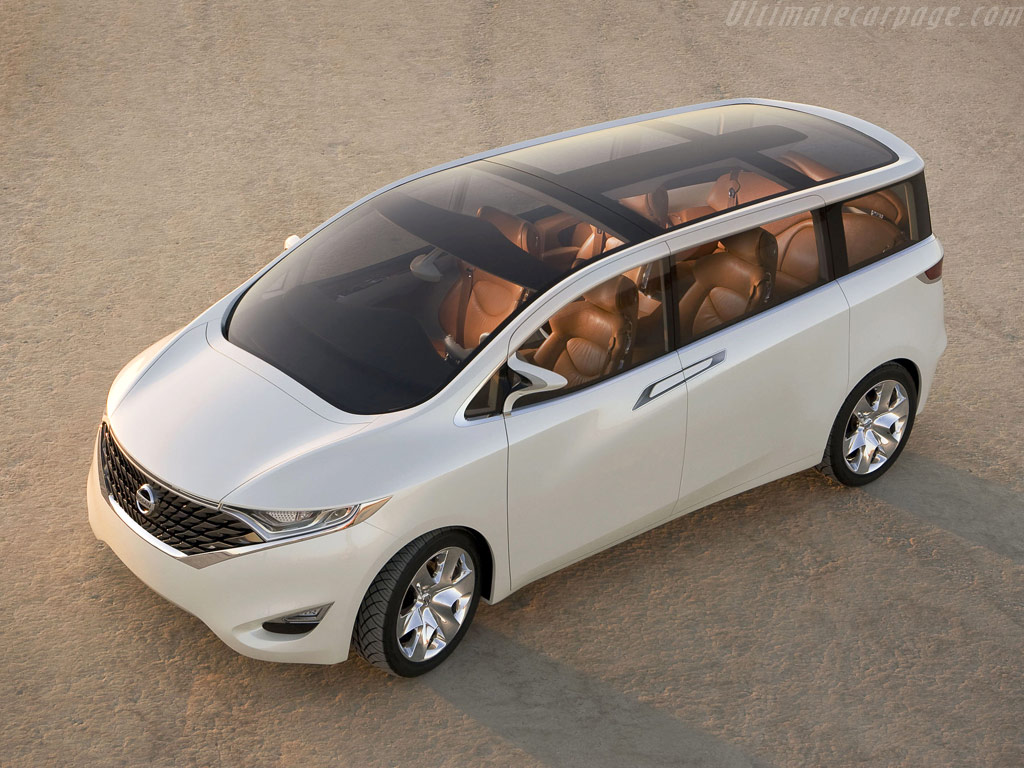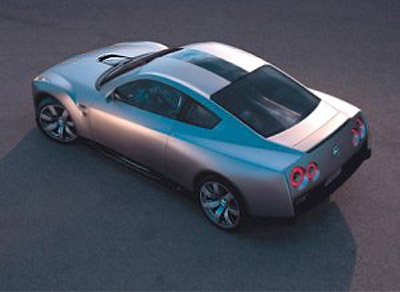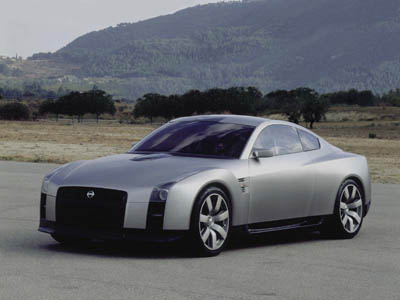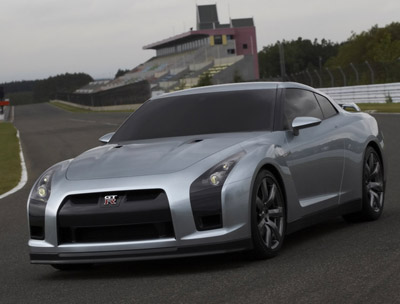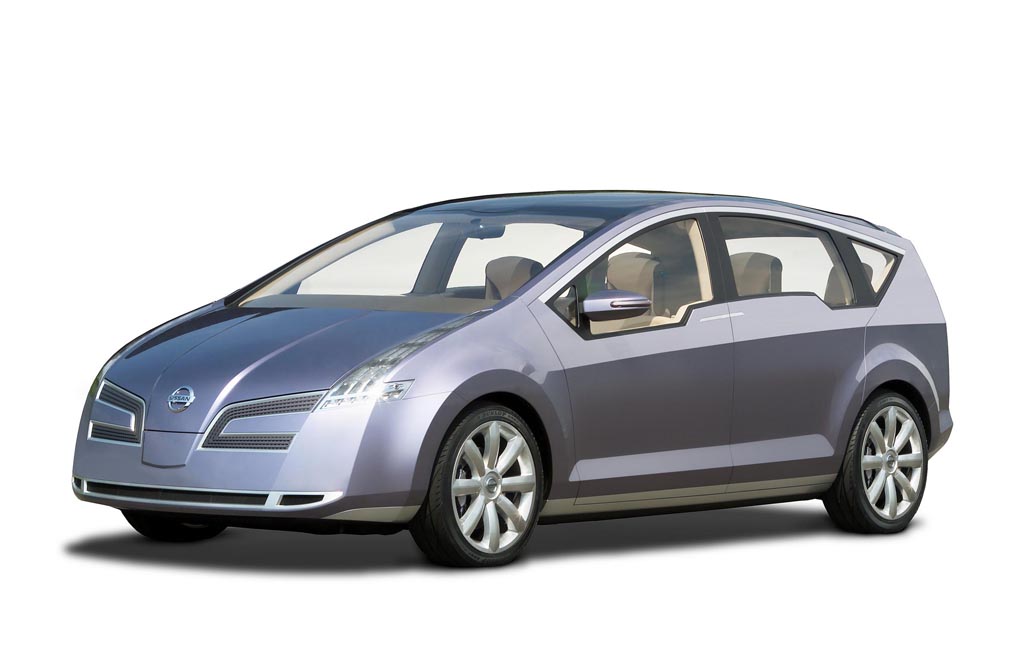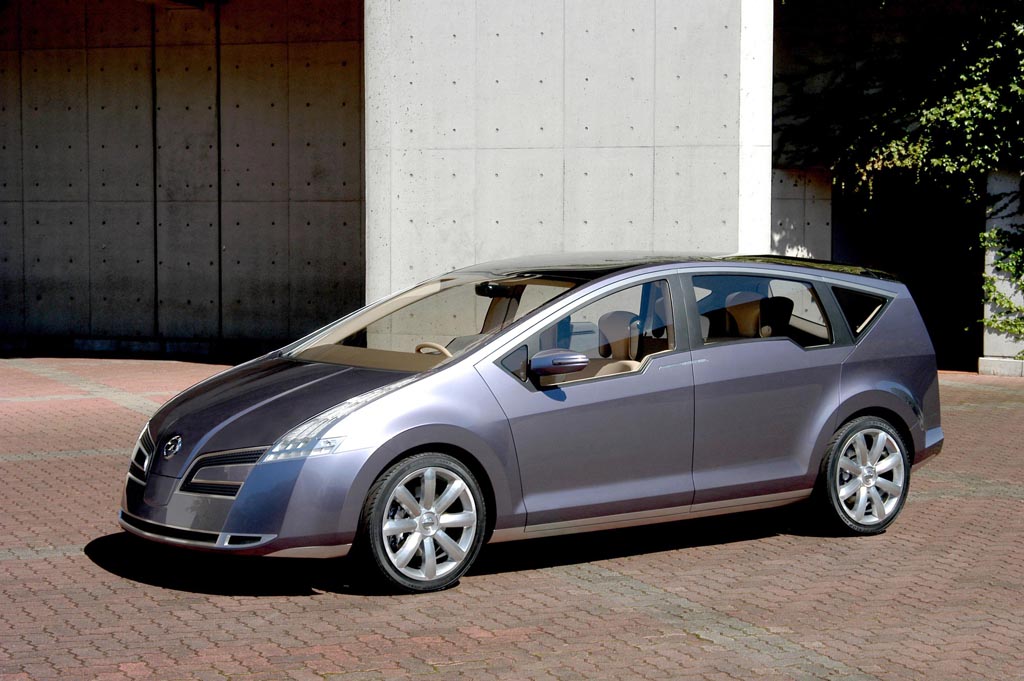The VW Type II Split-Screen Camper - from Utility Van to Design Icon
How Did it all Start?
When the British found themselves running the VW factory in Wolfsburg, Germany after the Second World War, there was a shortage of equipment and resources. The engineers had made up flatbed trolleys using the VW Beetle chassis and running gear to transport parts round the huge factory.
On a visit to the factory, Ben Pon, a Dutch VW importer, saw the little trucks. He sketched a design for a beetle-based van, which was basically a simple box on wheels, after he was inspired by the basic but effective plattenwagens. A year later, Heinz Nordhoff took on this idea when he became chief executive of Volkswagen and the first VW van was launched at the Geneva Motor Show in November 1949.
Europe was restructuring and there was a lack of simple but sturdy transport vehicles that were flexible and low cost. The Type VW II met this need.
On the 8th March 1950 production of ten vehicles a day began. The basic rear engine design remained the same for four decades and over five million buses were produced.
The Successful 'Splittie'
The type 2 vans had a split windscreen with a sweeping v-line front and a large VW emblem. These buses were 170 cubic feet (about 4.8 cubic meters) in volume and were spacious enough to hold a 15-hand horse.
The bus had the engine and axles of the Beetle but had a unitary construction supported by a ladder frame instead of the central frame platform. The original plan was to use the Beetle chassis, but this was not adequate to carry the proposed payload of 750kg so there was a rapid redesign in 1949 before the launch.
The ladder frame is two longitudinal parallel girders or beams on which the suspension, engine, transmission etc are mounted. It is good for carrying direct loads but the handling is poor, partly due to a lack of stiffness so it performs badly when cornering.
The air-cooled engine was just over 1131cc with an output of 25hp but later (in 1954) the engine size was increased to 1192cc and 30hp. The VW van was designed as a utility vehicle, not for speed - or handling.
An important contribution to the design was the result of testing at the wind tunnel of the Technical University of Braunschweig. The flat angular front end of the prototype performed poorly, but the resulting redesign paid off, as the Type 2 was aerodynamically superior to the Type 1 Beetle despite its slab-sided shape. This design also resulted in the iconic and much-loved rounded front with the styling of the sweeping V and oversize VW badge.
As the design was so adaptable, VW turned out many different body variations over the first five years. These included buses, pick-ups, fire engines, rear-door ambulances, beer wagons, refrigerated ice-cream vans, milk floats, mobile butchers shops, bread vans, mobile grocers, ordinary delivery vans and of course the VW camper - over 90 variants in all.
Evolution of the Type 2 VW
The split screen type 2 was produced from 1950 to 1967 and went through a number of developments, which were obviously reflected in the type 2 VW campers as well. The engine size was gradually increased from 1100 to 1500cc and in 1963 the sliding side door became available as an option to the barn doors.
The later 'fifties models had a slightly extended roofline above the windscreen, the engine bay became smaller and 15 inch wheels were introduced.
In 1967 the electrical system changed to 12 volts just before the new type (bay window) was introduced.
The Birth of the VW Camper
Volkswagen subcontracted the VW camper to Westfalia, a coach building company located in the German region of Westphalia. From 1951 onwards the company fitted the buses with a variety of internal layouts. An innovative 'Tourist Delivery Scheme' encouraging people to collect their campers from Germany, helped spread VW campers, and many were bought by US servicemen stationed in Germany, who shipped them back to the US. VW campers were also soon available from VW dealers round the world.
The VW camper took off due to its tiny fittings and furnishings that epitomised the 50's home from home. Before the era of cheap charter flights and package holidays, the VW camper enabled families to take economical camping and touring holidays in relative comfort.
The side opening barn doors enabled the van to be opened up to the outdoors and ingenious fittings made maximum use of what was rather limited space. The pop-top package was introduced later and then became really popular on the later bay window campers introduced in 1968.
Approximately 1000 VW campers were produced between 1951 and 1958, followed by the SO models which had a range of special equipment.
VW Camper Equipment
The standard VW campers included different fold out seat arrangements for sleeping, including the famous rock 'n roll bed. The interior was lined with plywood panels and there were plywood storage cabinets in a variety of layouts.
Some models had a sink and there was water storage with a pump plus an electrical hook-up. Curtains were standard as were screened windows and a folding table.
Optional equipment for type 2 VW campers included pop up tops and attachable or stand-alone tents and side awnings. Mod cons available included a portable chemical toilet, a camping stove and other camping equipment.
There were also ingenious options such as a child's sleeping cot slung in the driver's cab, storage boxes and a swing table.
Even with all these options, the split screen VW campers were still basic, slow and small by modern standards.
VW Camper Culture
This did not affect their popularity and the VW bus was adopted by the 1960s counter-culture as by then older campers were available cheaply, and both the VW camper and the samba bus suited the carefree outdoor hippy lifestyle.
Since then split screen camper and buses have became classics and design icons, and are now collectors' items with many examples preserved and beautifully restored.
Large numbers of VW camper fans gather at events all over the world; you can hire a restored splittie for your holiday or special event, and imagery of the early models can be found on a huge range of items: clothing, mugs, toys, pictures and even usb sticks.















